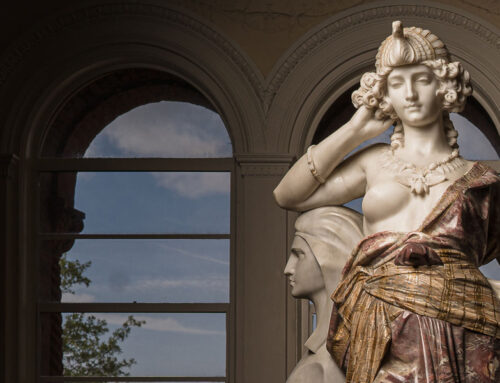Featured Image: The Alcazar, St. Augustine, Florida, c. 1890s
St. Augustine Through the Lens of William Henry Jackson
In the decades following the Civil War, the photographer William Henry Jackson (1843-1942) played a major role in shaping public perception of the American landscape. From 1871 to 1878, Jackson worked for the United States Geological Survey of the Territories documenting the landscape of the American West. His photographs of Wyoming taken for the survey were instrumental in swaying the congressional vote to establish Yellowstone National Park in 1872. Jackson promoted his work to an eager public, selling his images of the untamed West in a variety of formats from cheap cartes-de-viste and stereographs to impressively scaled display prints made from large glass-plate negatives. His photographs were widely publicized, particularly after he sold his archive in 1898 to the Detroit Publishing Company.
In the 1890s, Jackson was commissioned by Henry Flagler’s East Coast Railroad to produce a set of images to promote St. Augustine as a tourist destination. Since 1885, Flagler had worked to reshape the historic city as a luxury winter resort to rival such exotic international destinations as Italy, Spain, and Egypt. Jackson’s photographs present a striking portrait of Gilded Age St. Augustine where leisured men and women play golf on the grounds of the old fort, a wagon stacked high with hotel luggage precariously makes its way along bustling King Street, and Flagler’s magnificent hotels feature prominently. While many of the photographs were designed to promote the grandeur of St. Augustine and the appealing attractions of the area, Jackson also sought to present a more intimate view of the city documenting residents going about their daily lives.
St. Augustine Through the Lens of William Henry Jackson is presented by the St. Johns County Tourist Development Council. Additional support comes from the State of Florida, Department of State, Division of Arts and Culture, the Florida Council on Arts and Culture, and the National Endowment for the Arts.







